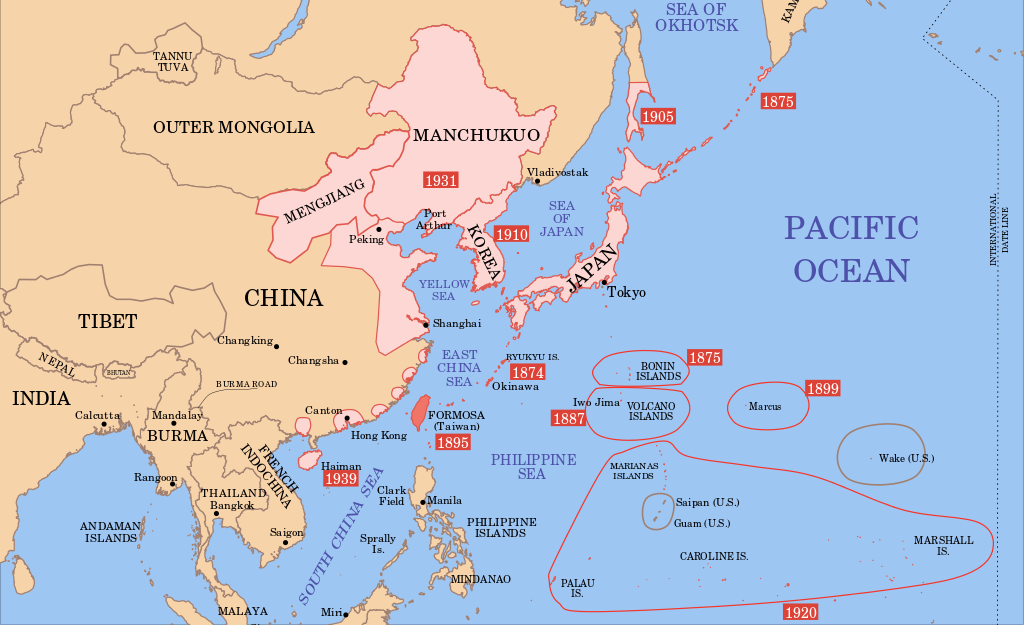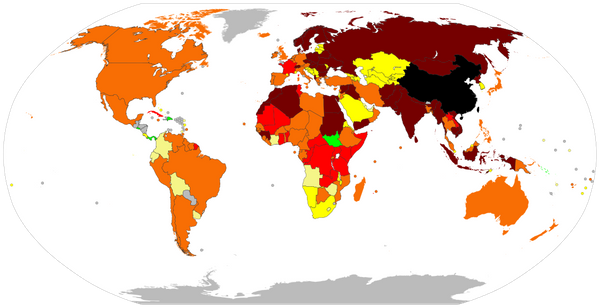Part 3: Relationships & Conflicts
Chapter 1 – The Silk Road
Chinese culture started to spread and influence the neighboring and distant countries with the opening of The Silk Road in 130 BC, formally inaugurated by Emperor Wu of Han Dynasty. The Silk Road connected the West with the Far East, from Greece to China. You may find it interesting, in ancient Greek, China was known as ‘Seres’, literally translating into ‘the land of silk’, hence the Silk Road.
Surprising thing is, that despite the obvious reference and an existence of nearly two centuries, the term ‘Silk Road’ was not used to describe the route, until 1877, when a German historian and geographer, Ferdinand von Ricthofen, coined it to describe the trading route.
It consisted of a wide network of trading posts, markets, settlements, passages, all designed to ease the exchange, storage, transport and distribution of goods. From livestock, grains, fruits & vegetables, precious stones, metals, artwork travelled on this road along with languages, cultures, religious beliefs, innovations and even science. Paper and Gun powder, both discovered in China, reached Europe through this trading route and changed Europe forever.
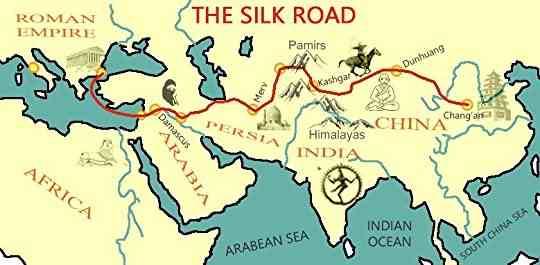
The Silk Road not only opened up commerce, but an opportunity for explorers & seekers of knowledge of the eastern lands, it was operational for more than 15 centuries before it was closed in 1453 AD when Ottoman Empire boycotted China due to their differences and conflicts with the emperor Kublai Khan.
Kublai Khan, established Yuan Dynasty, unified China by bringing Siberia, Mongolia, even parts of Middle-East and Europe. Now you know the source of border disputes that modern China has with its neighbors. Part of today’s claims made by PRC can be traced back to the time of Yuan Dynasty.
Chapter 2 – Suzerains
The Oxford Dictionary of English Language, defines Suzerain as the following, ‘a sovereign or state having some control over another state that is internally autonomous’, ‘an overlord’.
Since the days of Han Dynasty (206 BC till 220 AD), every succeeding dynasty contributed towards developing both bureaucratic and financial systems that made it possible for the emperor to control such vast territory from the mainland, which included Siberia, Mongolia, Taiwan, Korea, Nepal, Burma, Ryukyus, Tibet & Vietnam. For centuries China has claimed suzerainty over these lands and the respective kings & rulers paid tribute to the emperor for the protection provided by China. All these lands has autonomy in terms of self-governance, but the emperor had full control upon the foreign relations. This relationship that existed for centuries since the days of Kublai Khan was all fine till the 19thcentury. With the start of 19th century Qing Dynasty, the last dynasty to rule China, was fast losing control over the territory, losing one war after another.
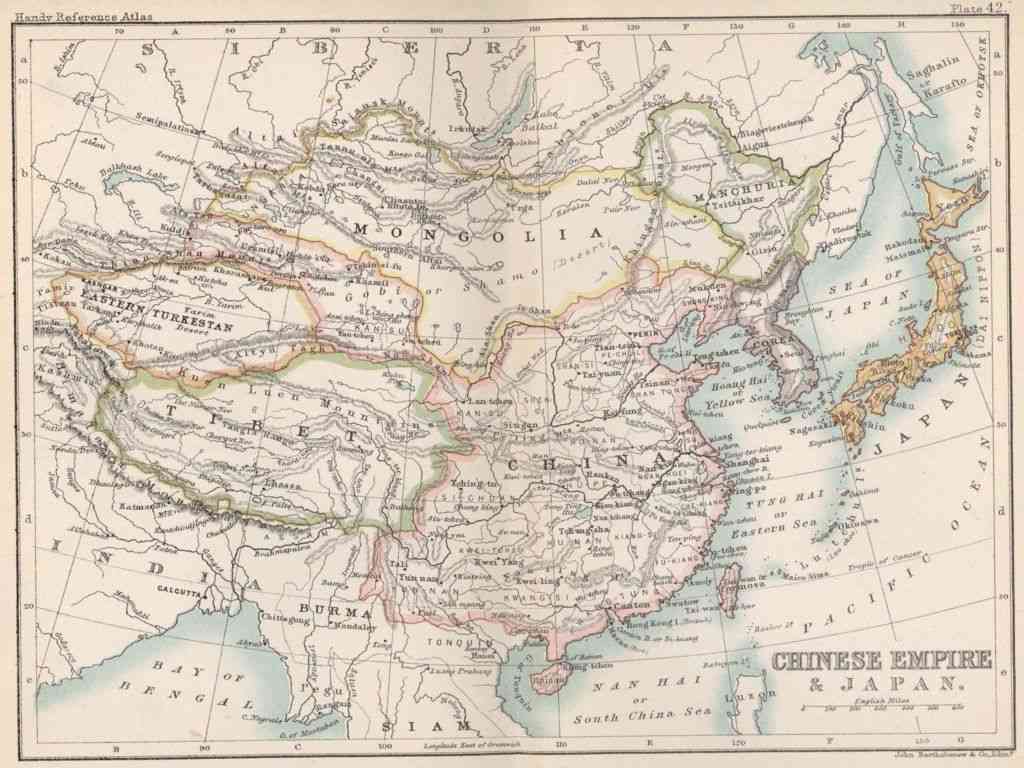
West grew powerful and modernized at much faster pace than China, the result was, losses in Sino-Russian war, First & Second Opium Wars (France & Britain) & the First Sino-Jap War. These powers did not recognize China’s fiefdom anymore and captured these suzerains of China; Japan took control of Korea and Ryukyus, Russians captured parts of Siberia & Manchuria, French took Vietnam and the mighty British took away Nepal and Burma, though the British were kind enough to continue the tribute to the Emperor.
Chinese pride was tormented and ruptured, commoners had lost faith in their emperor and finally with the People’s Revolution or the Xinhai Revolution, the common men and women of China lead by Sun Yat-sen overthrew the already dying dynasty and its six year old emperor Pu Yi, in 1912.
Chapter 3 – The New Republic
The newly formed Republic of China (ROC) under the leadership of Sun, soon after gave control to Yuan Shikai. Yuan Shikai controlled the 100,000 strong Beiyang Army and was promised the Presidency if he helped in abdicating the emperor. Within three years of becoming the provisional president in 1912, Yuan dissolved the national and provincial assemblies & declared himself Emperor of China in 1915 and remained so till March 1916, he died of health issues on August 25th 1916.
Once again the responsibility to take China forward was on Sun Yat-sen. He started normalizing China’s relationship with the west and Soviets, least he knew the plan Lenin had in mind. He brought in Lenin’s Russia and along came Marxism followed by anarchism and gave birth to the Chinese Communist Party.
Foreign relations again took a back seat as the country fought a gory civil war. In 1931 Japan attacked again and thus started a 14 year long occupation of major Chinese territory, which finally ended in 1945 with the defeat of Japan in WW2.
Sun’s successor Chiang Kai-shek retreated to republic to the island of Taiwan in 1949, leaving the Mainland China behind under the control of communists.
ROC enjoyed a very warm relationship with USA & the west till 1971, none of the western powers recognized People’s Republic of China (PRC) led by Mao Zedong. It was in the year 1972 after the Sino-Soviet split that Mao met US president Richard Nixon in Beijing, establishing relations with the USA. Same year, PRC was replaced in UN with ROC and was awarded a permanent seat at the UN Security Council.
Chapter 4 – The New Regime
With the death of Mao Zedong in 1976, the PRC was finally able to break free from the curse of Mao and the political isolation it had faced for nearly three decades since its inception. Deng Xiaoping, who emerged as the new de-facto leader of PRC, ended the days of persecution and punished office bearers responsible for it, including the Gang of Four (Mao’s most trusted). Deng was determined to take China to new heights and opened up the markets, brought in major political, educational, fiscal & bureaucratic reforms in the country and heavily invested in scientific study. Though Deng was more open than his predecessor, he was no different when it came to Han Pride, which was still plagued by the memory of, centuries of foreign rule and invasions.
Under Deng’s leadership china took major steps and met the world, boldly. CCP led PRC worked tirelessly for the next 2 decades to create a secure & favorable, regional and global environment for herself. PRC improved ties with all countries, especially the Non-Aligned Movement (NAM) block, mostly third world countries, as they use to call them then, in today’s terms, focus was shifted to winning the developing countries. Fostered relationships with all those nations, which could fuel its economic development. Resolved border issues with most of its neighbors and at the same time, made fresh claims and occupied territory, both land and sea, but not before the world was dependent on China.
It was an interesting period for China, the first Special Economic Zone was created in 1980 in Shenzhen, Li Xiannian became the first ever President of PRC to visit USA in 1985, he toured many countries, sending a clear message that PRC is willing to open up to the world. In 1986, The Queen, Elizabeth II made an official visit to China. PRC placed itself well in front of the world to counter the soviet expansionism, if only it could modernize itself. And the world came running.
The west had started cozening up with China and when all seemed to be moving on the right path, Tienanmen Square massacre happened in 1989, in an immediate aftermath, many countries reduced their diplomatic connect with PRC along with the financial assistance. This was a major setback and China worked resolutely to improve the relationship with the west, it was during this period that the very first stock exchange was established in Shanghai (Shanghai Stock Exchange) in 1990. It was clear to the world that China meant business and the Tienanmen Square became a mere blip in time.
After the disintegration of USSR in 1991, China opened up diplomatic relations with the newly formed republics of the Commonwealth of Independent States (CIS). By the end of the 20th century, China established its place in manufacturing, shipping, space, telecom, technology and soon it became, ‘The World’s Factory’.
Soon she will change the course of history.
Chapter 5 – Conflicts of PRC: A chronology #Source
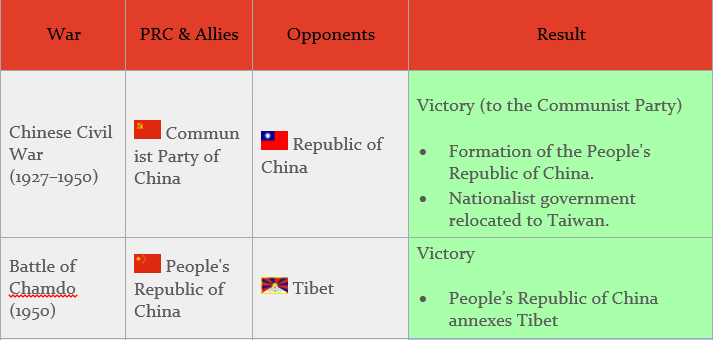
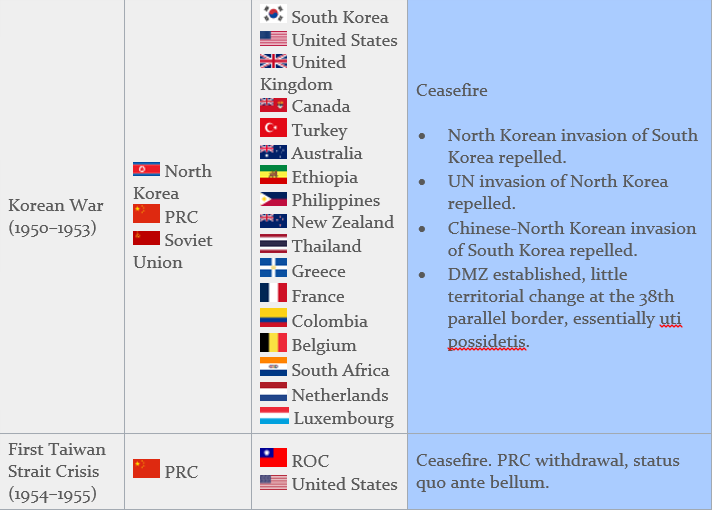
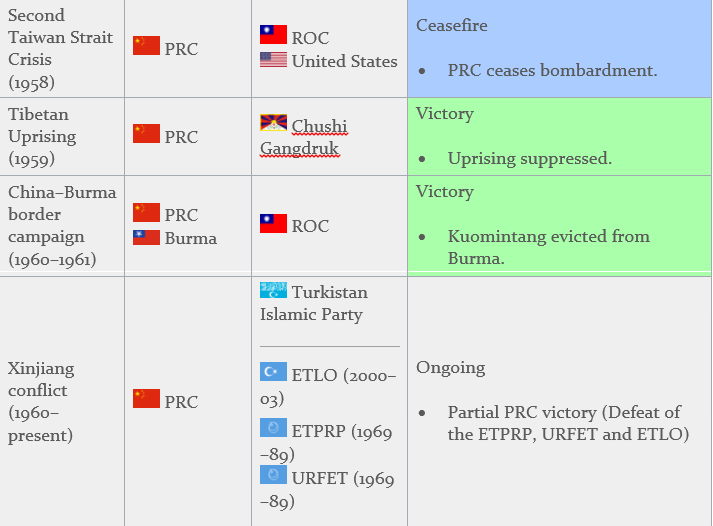
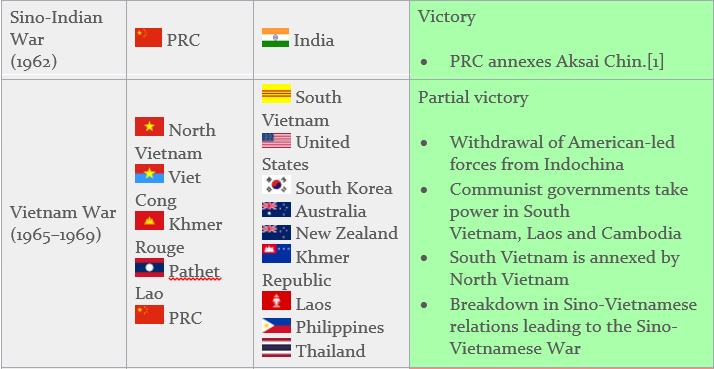
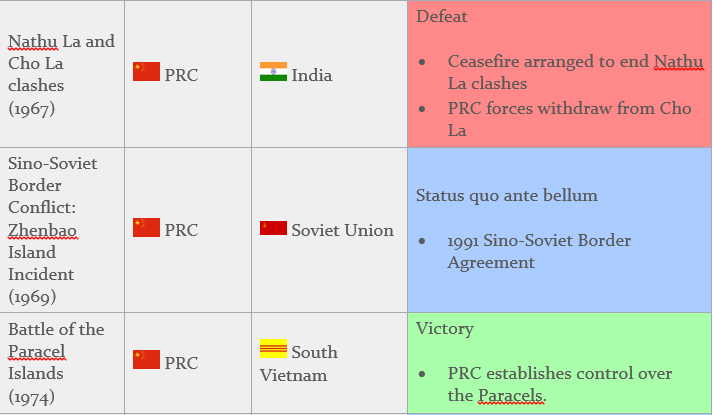
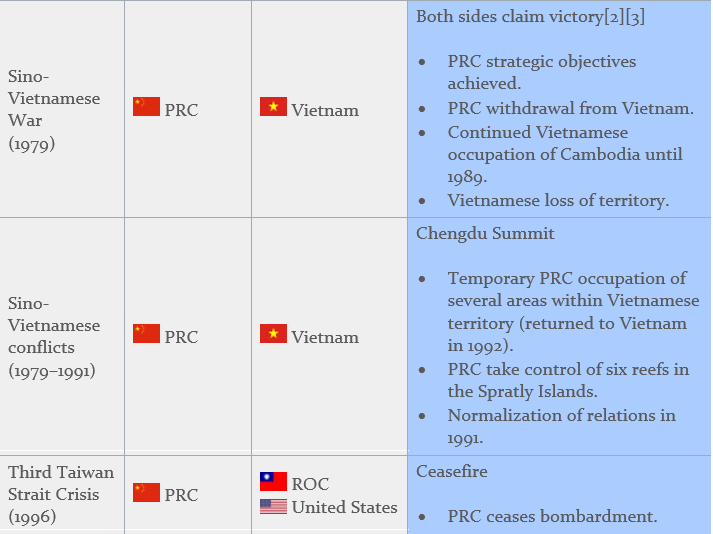
[End of Part 3]
Part 4: Ambition or Arrogance
Source & References:
1) Cambridge Illustrated History of China.Patricia Buckley Ebrey.
2) The Dynasties of China.Bamber Gascoigne.
3) China Condensed: 5000 Years of History and Culture. Ong Siew Chey.
4) What's behind the China-Taiwan divide? BBC.
5) The Story of China. PBS.
6) The Silk Roads: A New History of the World. Peter Frankopan

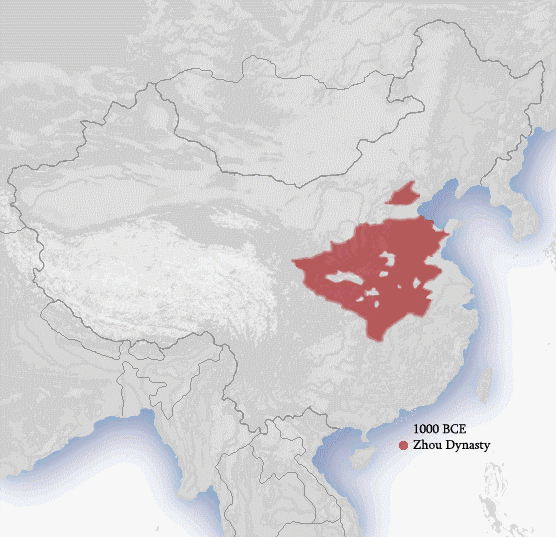
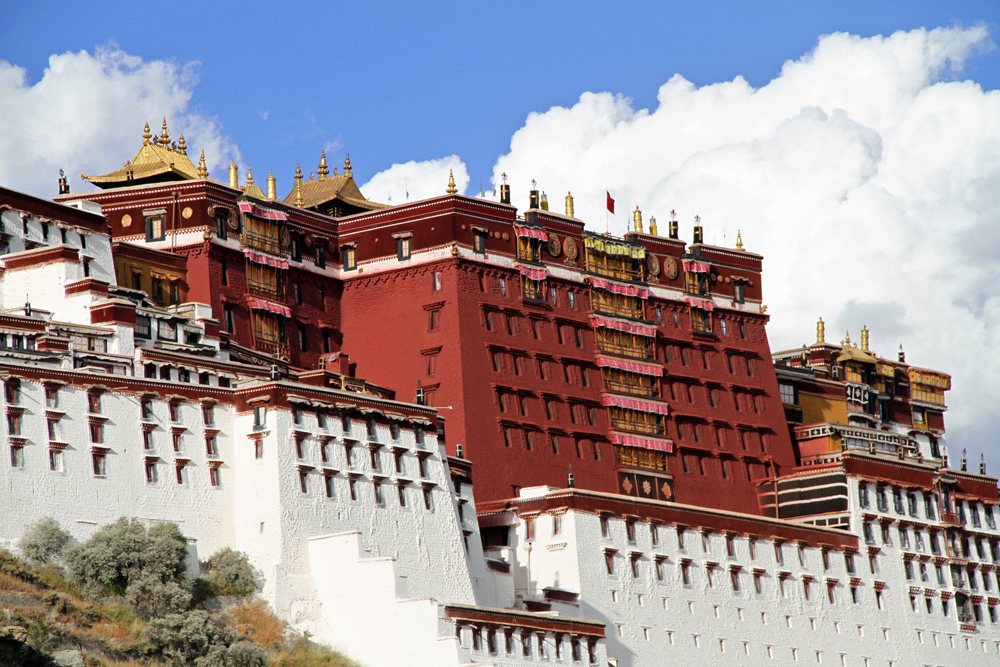


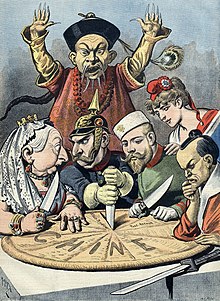


.svg/22px-Flag_of_the_Chinese_Communist_Party_(Pre-1996).svg.png)
